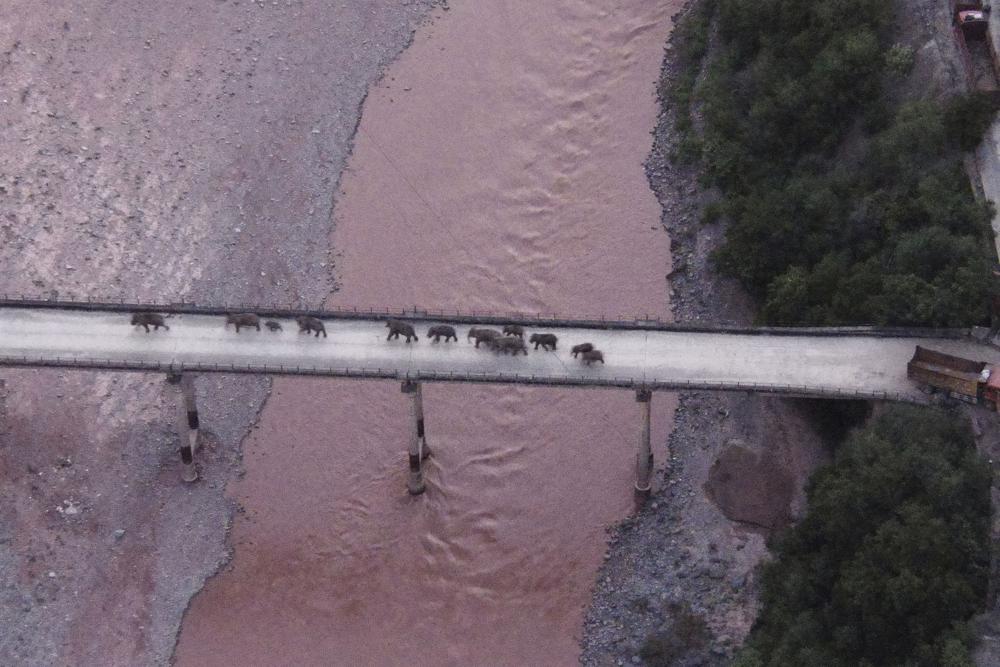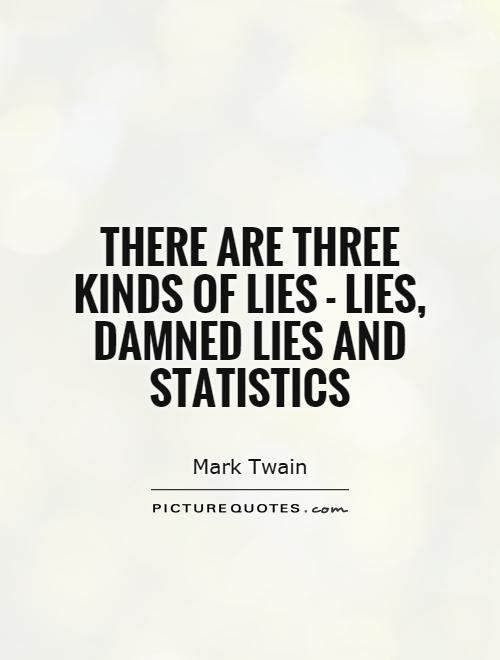
This June, a herd of wild Asian elephants were spotted wandering in Kunming, the host city of the COP15 on biodiversity in southwestern China. They traveled more than 500 kilometers (approx. 310 miles) northward from a national nature reserve at the border between China and Laos. During those few months, every move that the fifteen wandering elephants took was under close watch by the local authorities and the social media users. If you’re familiar with the giant panda cam at the National Zoo and its viral sensation with the Washingtonians, it’s not hard for you to feel the excitement of Chinese viewers, conservationists and official task forces about the unusual human-wildlife coexistence in a non-enclosure setting.
By this August, residents in Kunming finally could take a deep breath of relief as the herd left urbanized southwestern China, heading for their habitat after a year-long journey. A Chinese official report shows a substantial number of manpower and technologies was deployed in the effort of protecting wandering elephants and human life. They are: 25,000 police and staff employed, 1,500 vehicles, 900 drones, 180 tons of food, and 150,000 people have been evacuated. China’s state-run English-language TV network played an important role in informing the public about wildlife protection with the help of advanced technology and community-based participation and engagement.
The conservation story of the Asian elephants is a dramatic overture to Kunming’s role as a host city of COP15 on diversity. Perhaps the incident also brings the Chinese urban dwellers, who live in the forest of concrete buildings and who are bewildered by wildlife, a great educational opportunity about endangered species. Asian elephants are even more endangered than their African cousins. The biggest threat to their survival isn’t poaching but habitat loss, according to the World Wildlife Fund.
If we think about our childhood, it’s not difficult to find that animals and plants are often main characters in our children’s books or imaginary friends that we would want to make. Zoos are the must-go playgrounds for children. That’s because it’s exciting to see animals especially observing the way they move, communicate and interact. The colorful world of animals and plants mesmerize not only children but adults like me as well. The more I integrate science education into my artistry of writing, the more I identify with the axiom that all of us are primarily made up of oxygen, carbon, hydrogen, nitrogen, calcium, phosphorus, and a pinch of Genghis Khan. If we learn to appreciate the beauty of Mother Nature and understand humanity’s attachment to Mother Nature is like the power cables to our electronic devices, how could we do harm to her and trample her comfort zones?
From plastic waste to electronic waste, from overconsumption to poor regulatory oversight of Earth’s natural resources, the human-induced environmental change gives rise to the loss of biodiversity. Biodiversity includes not only species that are rare, threatened, or endangered. From humans to organisms such as microbes, fungi, and invertebrates, every living thing is an integral part of biological diversity. Yes, humans are part of this interdependent earth system. Humans rely on biodiversity to survive and our social and economic systems are embedded within the Earth system.
This is the last essay of the COP15 Series, among which I call for a bolder long-term plan in “A 450-Year Strategic Plan” and I also pinpoint the substantial impact of sustained leadership and international cooperation on global wildlife trade in “China Leadership in Sustainability.” I’m enthusiastic about creating an equitable and sustainable world for all living beings. Do you remember in my previous essay I cited neuroscientist Dr. Lisa Feldman Barrett’s view on believing is seeing? If you believe in something, you are giving it power over your action. Leveraging education and experience in human development will bring positive results in biodiversity protection.
As a Chinese saying goes, “He who ties the bell has to untie it himself (解鈴還須繫鈴人).” It means the responsibility for solving a problem should fall on the person who created it. To tackle the wicked problem of preventing biodiversity loss, investment-directed education and research for people of all ages at a global level is paramount. In my case study of the Bengal tigers conservation by the World Wildlife Fund-India, local villagers in remote areas that cannot access grid electricity are given incentives to build solar micro-grids to meet their energy needs. Instead of entering the forest to collect fuel wood, agricultural waste and dung, villagers and small businesses can operate after dark with the stable electricity supply from the microgrids. These microgrids also power the streetlights on the forest fringe to deter wildlife from entering villages at night.
Underprivileged people need education and incentives to do the right things to protect wildlife. They also need responsible leaders and empathetic leadership. Here, I find “The Economics of Biodiversity: The Dasgupta Review” illuminating. I’m blessed that I can read and write. As a polyglot, I’m even grateful that I can communicate with great minds from different cultures. It’s education that has changed my life. And I have my social obligation to tell anyone that never overlook the power of education. Learning from a distinguished economist strengthens my belief in my proposed “Mother Nature First, Self Second” principle to make responsible consumer decision.
In fact, classical philosophers from the East and the West somehow share astoundingly similar views on human virtues and ethical cultivation. I think we can apply them to our ethics of biodiversity protection. For instance, if we believe what Aristotle’s virtue theory described that “If we can just focus on being good people, the right actions will follow, effortlessly,” we will behave and act responsibly to meet our existential needs while simultaneously be mindful of our negative impact on the planetary health.
Ancient Chinese philosopher Mencius (4th century BCE) shared similar views on human virtues that “humans have innate but incipient tendencies toward benevolence (仁rén), righteousness (義yì), wisdom (智zhì), and propriety (禮lĭ).” If we believe that we can achieve net zero emissions by 2050, we will put our hearts and souls to make the impossible possible. If we believe that humans should learn to coexist with nature, we will do as what we believe.
Martin Luther King, Jr. once said, “Faith is taking the first step even when you don’t see the whole staircase.” In many cases, religious leaders have become environmental influencers, championing nature-based solutions that experts say are crucial to saving the ecosystems that underpin human society. Led by the United Nations Environment Programme (UNEP), the UN Decade on Ecosystem Restoration 2021-2030 is a global call to collective action of restoring damaged and destroyed ecosystems. I am pleased to see many success stories around the world about this faith-based approach. It’s like Bill Gates’ theory of scaling up climate action by using more clean energy-produced goods and services to lower energy innovation costs, a reinforcing feedback loop is evident in biodiversity protection as well. The more success stories we share and learn from, the better and faster we can prevent the loss of biodiversity. The more emphasis on the complementary benefits instead of a competition between humanities education and STEM education, the better human beings we are to maintain a sustainable relationship between humans and wildlife.
Adopting new technologies to scale up desirable outcomes is techno-optimism. There are many deep-rooted socio-economic issues caused by our ancestors that cannot be solved by new technologies alone. Have you read the children’s book “Wild Symphony (2020)” by Dan Brown? It’s a fun book to read and it’s my first time to read a book that requires engagement with my smarter-than-me mobile phone. Readers can listen to the music that played with different music instruments and by different animal characters on their devices. All they need to do is to download a mobile phone application and scan the image in the book. I later learn that this technology is called augmented reality (AR). AR adds digital elements to a live view often by using the camera on a smartphone. If you’re a Snapchat user or a Pokemon game player, you’ve had the AR experience before.
Well, if new technologies can bring back extinct species alive in our reading experience of a book, a debate has already crossed my mind: Will conservationists and wildlife lovers feel encouraged by more people are engaged in human-wildlife education through new technologies? Or will they feel concerned that new technologies in publishing might dismiss the real urgency of restoring the fragile ecosystems through real life conservation experience? It appears to me that whether it’s COP15 on biodiversity or COP26 on climate change, human beings truly need to understand their own species before they can solve the wicked problems thoroughly caused by their own actions, that is, the human activities, a frequently-used term by many scientists and experts. Will Alexander Pope’s “An Essay on Man (1733)” shed light on contemporaries in the Anthropocene?

